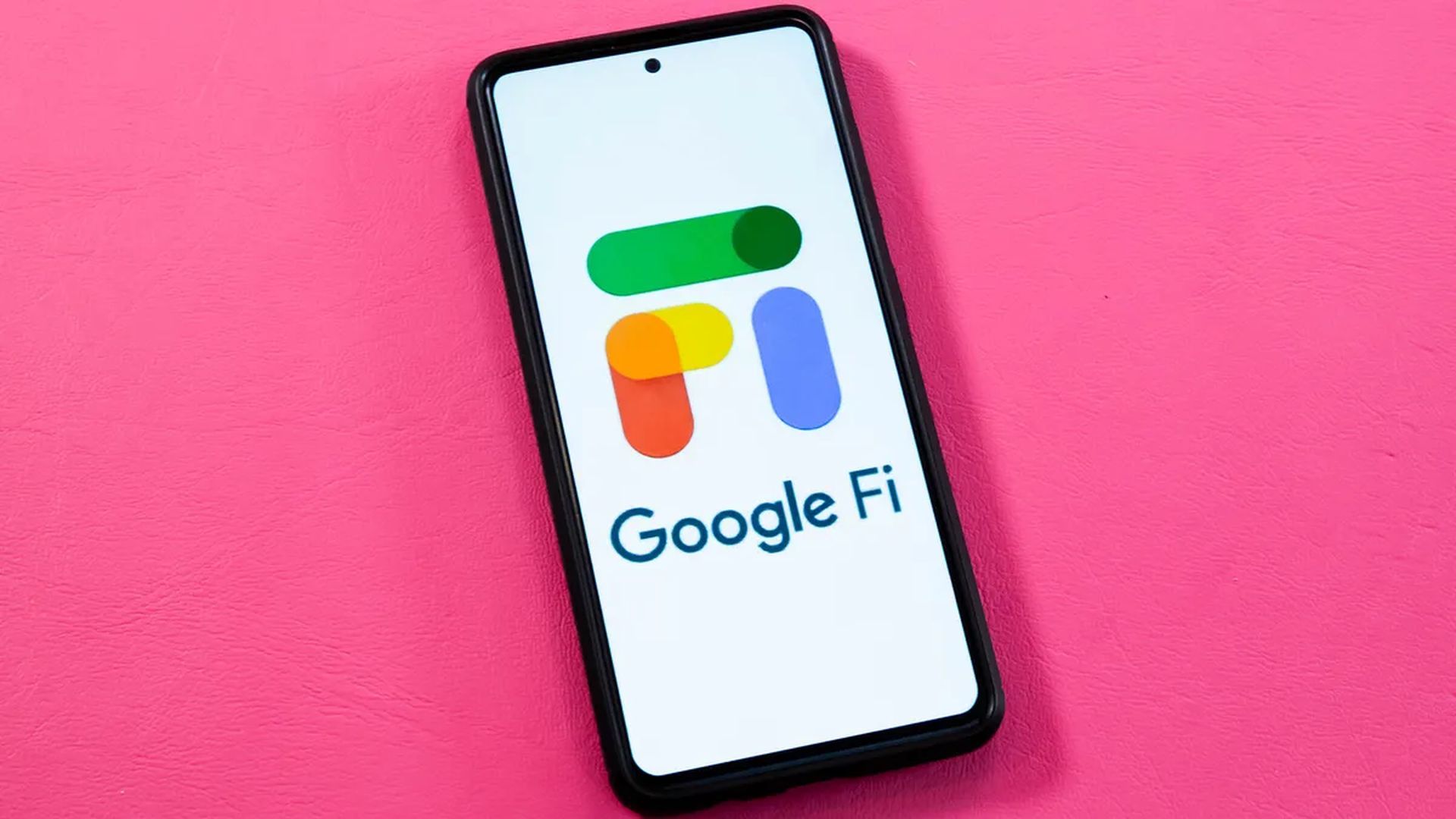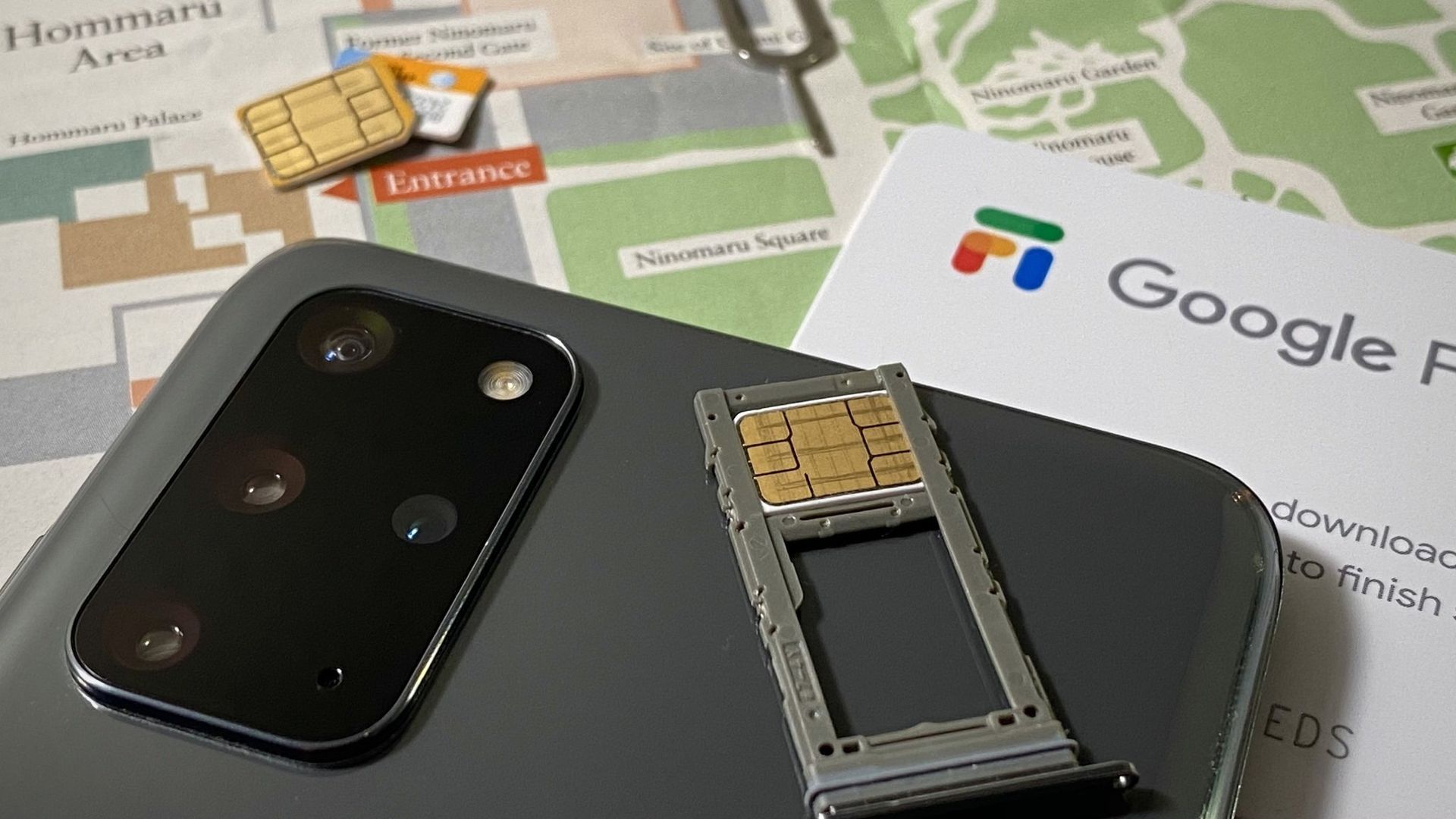The latest T-Mobile incident has started a domino effect and now we are here, discussing a new Google Fi data breach.
Google Fi data breach: How did it happen?
T-Mobile recently revealed that a data breach had occurred, with a hacker accessing personal information of 37 million postpaid and prepaid customer accounts through exploitation of one of its Application Programming Interfaces (APIs). These APIs serve as a means of communication between applications and computers.

T-Mobile’s recent data breach has resulted in the compromise of customer data for Google Fi, as the carrier’s primary network provider has reportedly experienced “suspicious activity.” The carrier has informed its Google Fi customers of the breach through an email notification. The timing and language of the email strongly suggest that this breach is directly linked to the T-Mobile data breach that was made public on January 19th.
A recent email sent to Google Fi customers informed them that a limited amount of their customer data had been compromised in a data breach. The affected data included SIM card serial numbers, account status, information about the mobile service plan, and the activation date of the account. However, the breach did not result in the exposure of sensitive information such as customer names, birth dates, emails, social security numbers, payment information, or text messages. The breach did result in the exposure of phone numbers.
According to the tech giant, no action is required on the part of affected customers in response to the recent Google Fi data breach. However, the company advises customers to be vigilant and cautious of potential phishing attempts:
Dear Google Fi customer,
We’re writing to let you know that the primary network provider for Google Fi recently informed us there has been suspicious activity relating to a third party system that contains a limited amount of Google Fi customer data.
There is no action required by you at this time.
This system is used for Google Fi customer support purposes and contains limited data including when your account was activated, data about your mobile service plan, SIM card serial number, and active or inactive account status.
It does not contain your name, date of birth, email address, payment card information, social security number or tax IDs, driver’s license or other form of government ID, or financial account information, passwords or PINs that you may use for Google Fi, or the contents of any SMS messages or calls.
Our incident response team undertook an investigation and determined that unauthorized access occurred and have worked with our primary network provider to identify and implement measures to secure the data on that third party system and notify everyone potentially impacted. There was no access to Google’s systems or any systems overseen by Google.
If you are an active Fi user, please note that your Google Fi service continues to work as usual and was not interrupted by this issue.
Customers who received the email notification due to the Google Fi data breach should be wary of phishing attempts. The hacker obtained sufficient information that could potentially be used to conduct convincing phishing attacks through calls or emails.

How to protect yourself from phishing attacks?
To protect yourself from phishing attacks, it is recommended to:
- Verify the authenticity of emails and calls by checking the sender’s email address and phone number
- Be cautious of emails or calls that ask for sensitive information such as passwords, credit card numbers, or social security numbers
- Avoid clicking on links in emails or messages from unknown or untrusted sources
- Keep your security software and web browser updated
- Educate yourself on the common tactics used by phishing attackers, and remain vigilant in detecting and avoiding these tactics.





